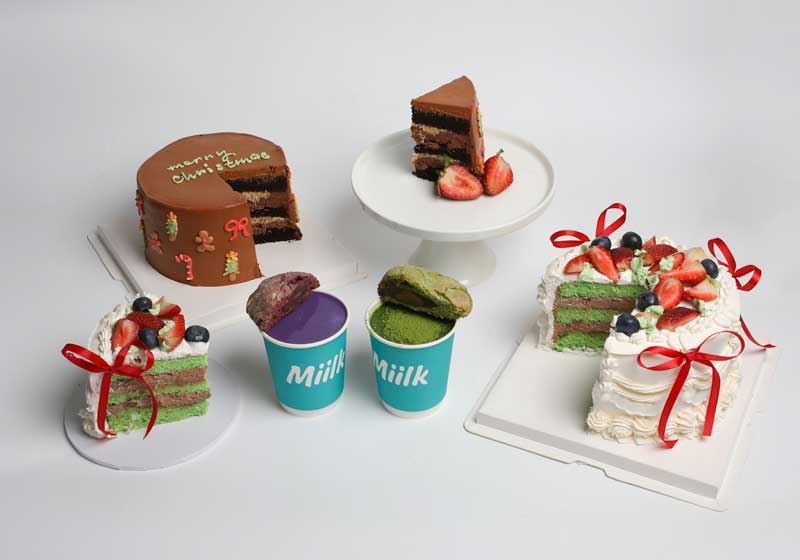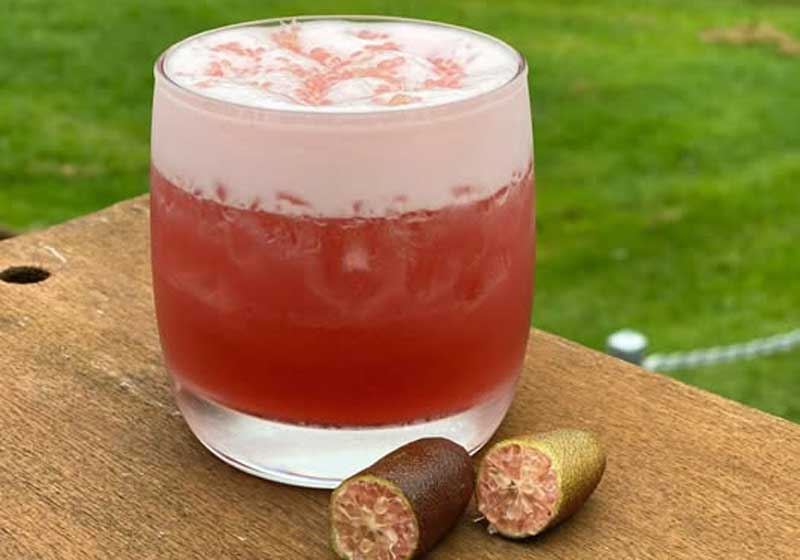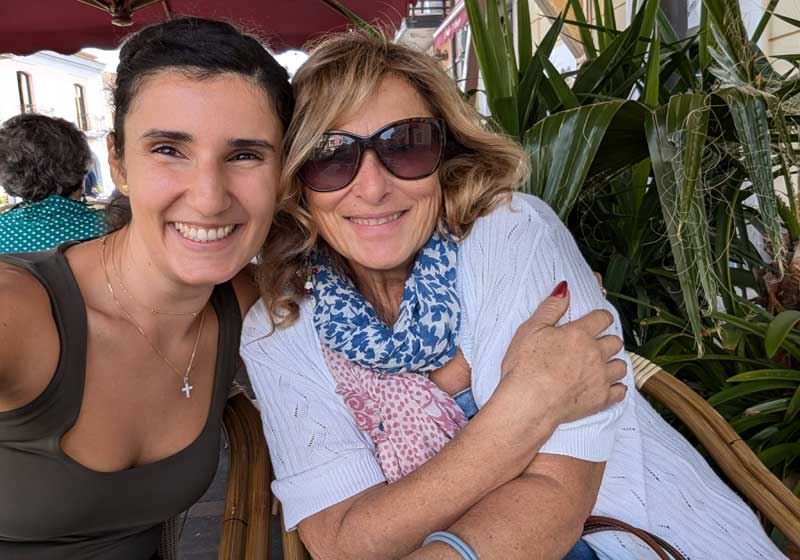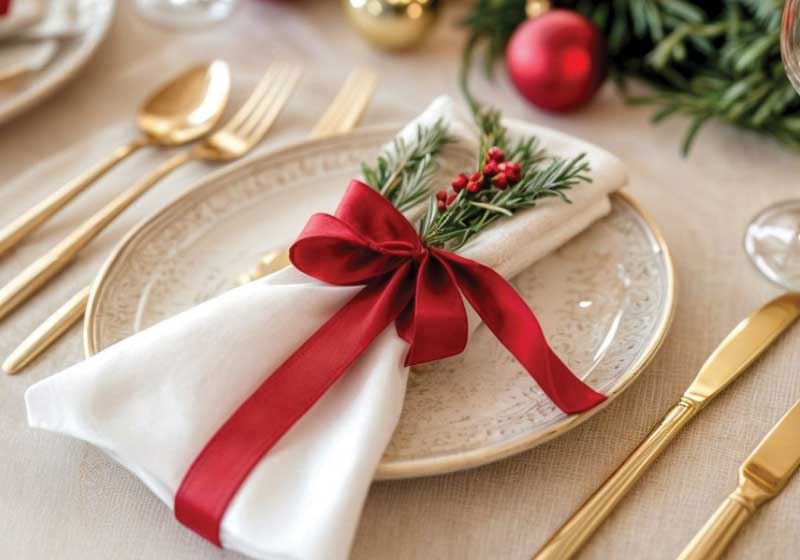By Marie-Antoinette Issa.
From christenings to carnivals, wakes to weddings, in Latin America, there’s a dish, dessert or drink for every occasion. Whether it’s a pot bubbling with something soulful, a pastry dusted with tradition, or a plate piled high with party spirit, food in Latin America doesn’t just fill the belly - it feeds the soul, celebrates identity and keeps the stories simmering through generations.
During Brazil’s pre-Lenten Carnaval, feijoada (a smoky black bean and pork stew) is the unofficial fuel of the feather-filled festivities. Traditionally eaten on Saturdays, its rich and communal profile also makes it perfect for gathering friends and family before the glitter hits the streets on the annual parade before Ash Wednesday.
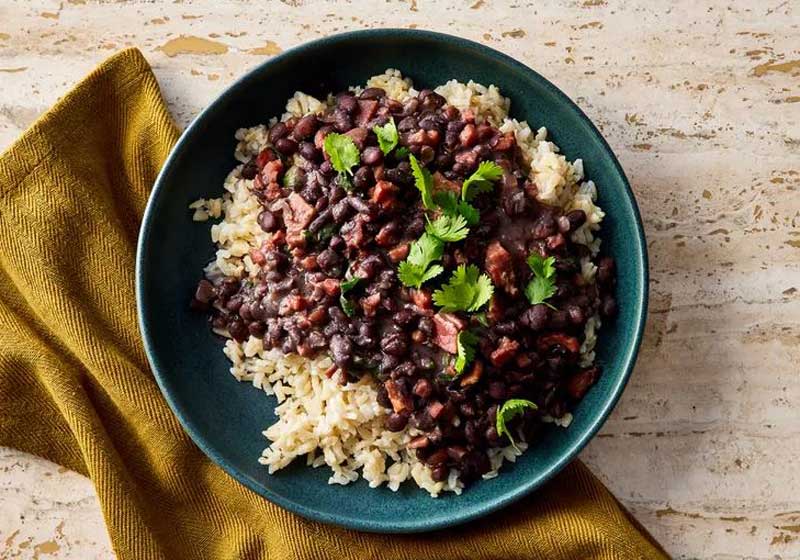
Photo credit: Allrecipes.
Street food like pao de queijo (cheese bread), coxinhas (chicken croquettes) and acaraje (fried black-eyed pea fritters) are also popular for their convenience and flavour, while sweet treats such as bolo de rolo (guava-filled sponge cake), brigadeiros (chocolate truffles) and papos de anjo (caramelised egg yolks) add to the indulgence.
The caipirinha cocktail, made with cachaca, lime and sugar, is a refreshing accompaniment to the celebrations.
In other regions of Latin America, similar yet slightly more subdued pre-Lenten celebrations bring out their own classics - like tamales in Mexico or lechon (roast pig) in the Caribbean - each dish a reminder that indulgence has a deadline.
Speaking of spiritual sustenance, the Day of the Dead - or Dia de los Muertos - in Latin America is also a time to honour ancestors with altars, marigolds and mouth-wateringly delicious foods- like pan de muerto.
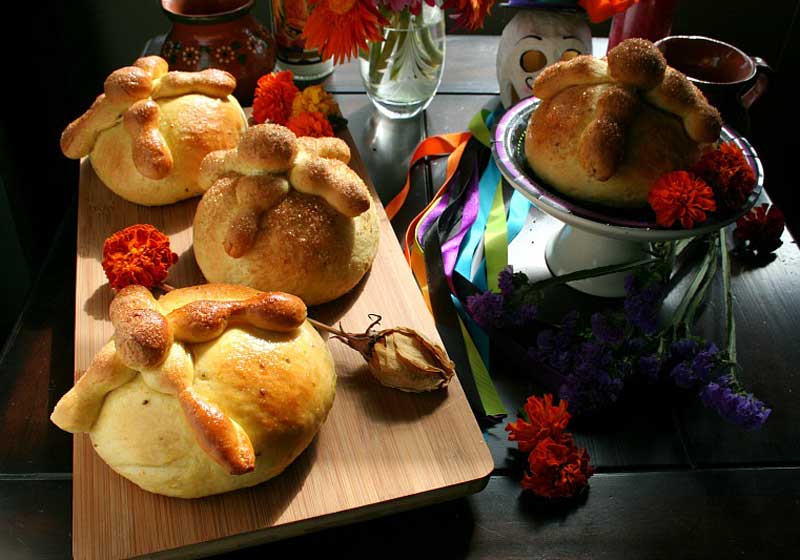
Photo credit: Latinofoodie.
This sweet, round bread, often decorated with dough ‘bones’, is enjoyed with hot chocolate as families gather in cemeteries to laugh, cry and remember. While the bread is devoured, sugar skulls - bright, intricate calaveritas - are placed on altars as edible works of art symbolising the sweetness of life and the inevitability of death.
Even in mourning, food remains an important ritual. In Colombia, the Dominican Republic and Venezuela, sancocho - a comforting, hearty stew - is often served after funerals as a communal meal. It offers mourners a shared moment to pause, reflect and reconnect.
When it comes to birthdays, tres leche cake crosses continental borders and is a popular candle-blowing choice in many Latin American countries. From Costa Rica to Cuba, Colombia to the Caribbean, this sponge soaked in three kinds of milk, topped with whipped cream and sometimes fresh fruit is often requested. Light, fluffy, and dangerously moreish, it’s a staple at any celebration that ends in singing and dancing (which, to be fair, is most of them).
Quinceaneras - the traditional coming-of-age celebration for 15-year-old girls - are a cherished custom across Latin America, the Caribbean and Latino communities in the United States, particularly Mexicans. These events are often culinary spectacles, with tables overflowing with treasured family recipes and sugary showstoppers.
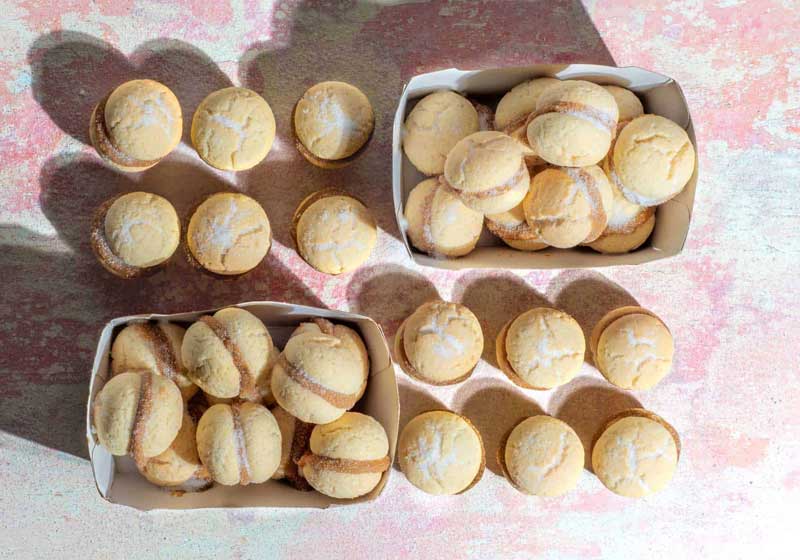
Photo credit: The Cinnamon Jar.
Weddings across Latin America are also often marked by meaningful dishes steeped in tradition. In Brazil, casadinhos - which translates to ‘little married ones’ - are sugary sandwich-style biscuits typically filled with sweet spreads like jam, honey or condensed milk, representing the joining of two halves.
Meanwhile, in Mexico, asado de bodas - a festive wedding stew - is especially beloved in regions like Zacatecas. This dish, rich and deeply flavoured, features a mole-style sauce enhanced with dark chocolate, giving it a velvety texture and dark hue. It’s commonly served alongside red rice at celebratory feasts.
Perhaps the biggest example of the use of food to commemorate different events, festivals and milestones in Latin America is Christmas, a time when the region truly turns food into a festive love language.
In Mexico, the season kicks off with Las Posadas, a nine-night reenactment of Mary and Joseph’s search for shelter. Each evening ends with candlelight, carols and tables filled with tamales, bunuelos and ponche navideno - a hot fruit punch spiced with cinnamon, tamarind, and piloncillo.
You’ll also find champurrado steaming in mugs, thickened with masa and chocolate and best enjoyed with a sugary pan dulce.
In Venezuela, it’s all about the hallacas - cornmeal dough filled with stewed meat, olives, raisins and capers, wrapped in banana leaves and steamed. It’s the ultimate family project, with entire generations gathering to assemble them in the lead-up to Nochebuena. After midnight mass, the real celebration begins - with fireworks, dancing and a feast that feels as joyful as it is delicious.

Over in Puerto Rico, Christmas means arroz con gandules - rice with pigeon peas, usually served alongside succulent roast pork (pernil). The dish feeds a crowd and anchors every holiday gathering.
In Cuba, a whole roast pig (lechon asado) takes centre stage. Roasted in backyard ovens and marinated in citrus and garlic, it’s a labour of love and a symbol of togetherness.
Colombia marks the start of the season with El Dia de las Velitas (The Day of the Candles) on December 7. Homes and streets are lined with glowing candles to honour the Virgin Mary and festive treats like dulce de Nochebuena - a syrupy fruit dessert served with cheese and bunuelos - make their rounds.
Finally, in Peru, La Chocolatada is a highlight of December. These community gatherings hand out hot chocolate, sweet bread and toys to those in need. The hot chocolate is rich and spiced, often paired with Peruvian panettone for a comfort-filled celebration that is as much about giving as it is gathering.
No Latin Christmas is complete without rosca de reyes, eaten on January 6 for Dia de los Reyes (Three Kings Day).This crown-shaped sweet bread is decked with candied fruit and hides a tiny baby Jesus figurine inside. The person who finds it in their slice is tasked with hosting a tamale-filled feast for Dia de la Candelaria in February, because in Latin America, one celebration always rolls into the next.
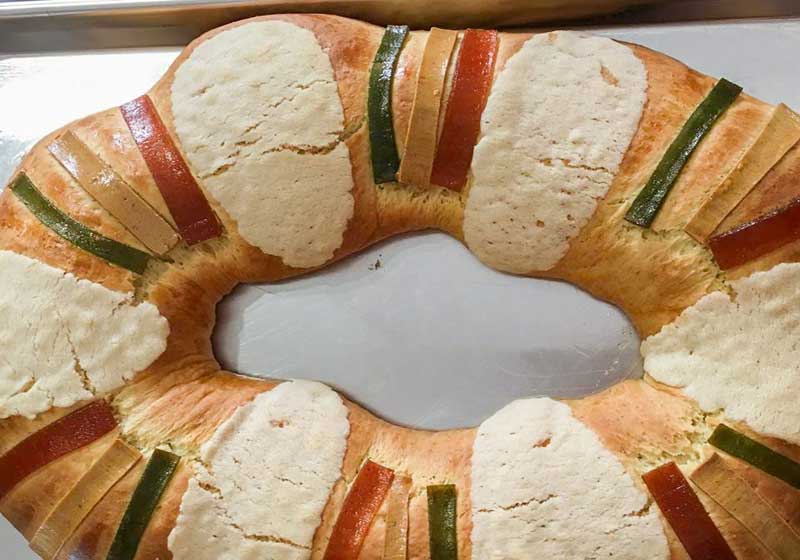
Photo credit: Allrecipes.
Even the drinks come dressed for the holidays. Rompope - a creamy eggnog-style drink flavoured with cinnamon and vanilla - is a festive staple, while cola de mono, Chile’s boozy blend of aguardiente, milk, coffee and sugar, keeps the conversation flowing well into the night.
So, whether you're dancing through Carnaval, lighting candles for La Virgen de Guadalupe, or sharing a warm mug of atole on a chilly December night, food in Latin American life marks both memory and meaning and delivers a delicious way to live la vida loca.
It’s the joy of gathering, the rhythm of ritual and the comfort of a familiar flavour passed on between generations.


